Higher classification Common Plum | Section Prunus Rank Subspecies | |
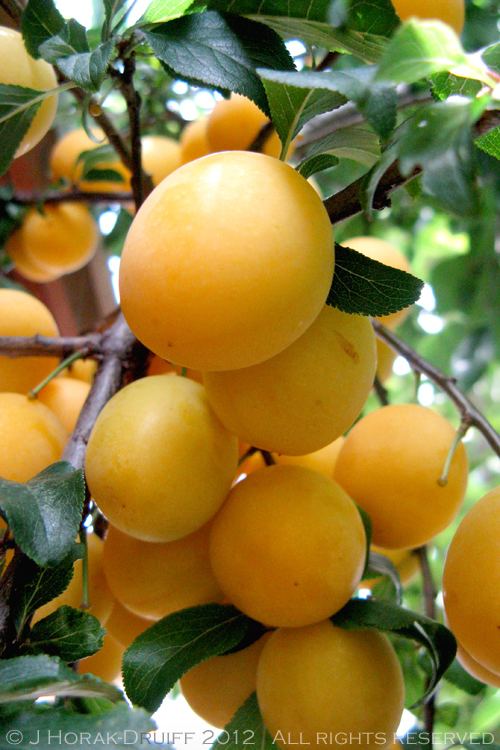 | ||
Scientific name Prunus domestica subsp. syriaca Similar Greengage, Damson, Armenian plum, Common plum, Zwetschge | ||
Mirabelle plum tree
The mirabelle plum, also known as the mirabelle prune (Prunus domestica subsp. syriaca), is the edible drupaceous fruit of the mirabelle plum tree, a cultivar of the plum tree of the genus Prunus. It is believed that the plum was cultivated from a wild fruit grown in Anatolia.
Contents
- Mirabelle plum tree
- Mirabelle plums golden opportunity or crisis
- Description
- Mirabelle de Lorraine
- References
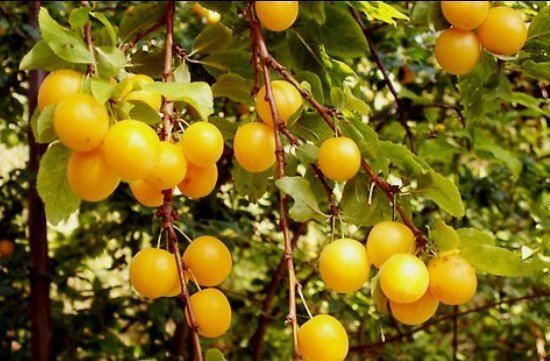
Mirabelle plums golden opportunity or crisis
Description
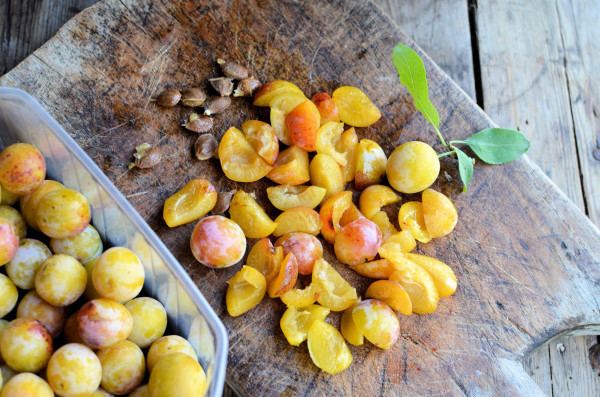
The mirabelle is identified by its small, oval shape, smooth-textured flesh, and especially by its red, or dark yellow colour which becomes flecked in appearance. They are known for being sweet and full of flavour. The fruit is primarily used in fruit preserves and dessert pies, and its juice is commonly fermented for wine or distilled into plum brandy. Ninety percent of mirabelle plums grown commercially are made into either jam (70%) or eau de vie (20%). The plums are also excellent when eaten fresh.
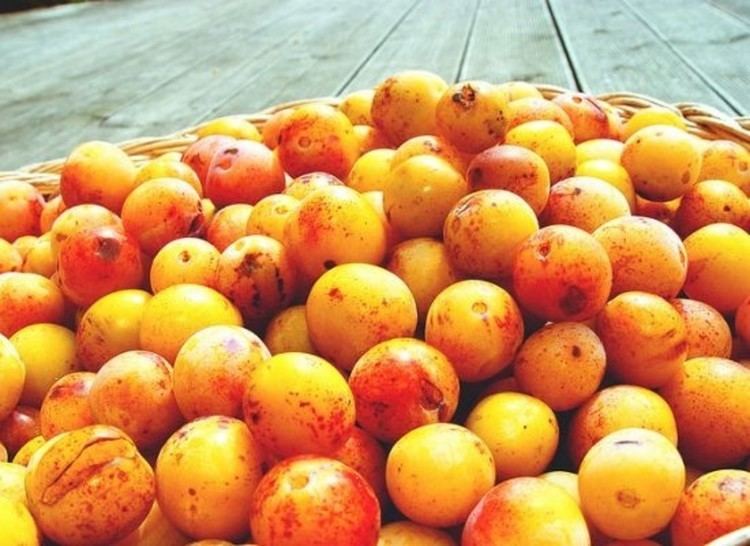
The mirabelle reaches maturity and is harvested from July to mid-September (Northern Hemisphere). The traditional method of shaking the trees is now mechanized, but the principle remains the same: The ripe fruits are shaken loose and collected in a net under the tree.
Mirabelle de Lorraine
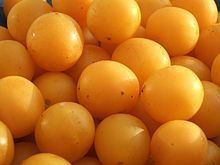
The mirabelle is a specialty of the French region of Lorraine, which has an ideal climate and soil composition for the cultivation of this fruit. This region produces 15,000 tons of mirabelle prunes annually, which constitutes 80% of global commercial production.
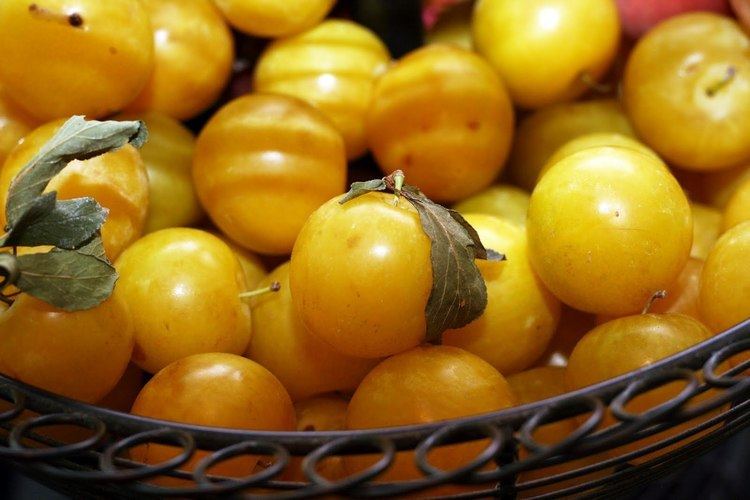
There are two main cultivars grown for fruit production, derived from cherry plums grown in Nancy and Metz. The Metz type is smaller, less hard, and less sweet, and has no small red spots on the skin. It is very good for jam, while the Nancy type is better as fresh fruit as it is sweeter.
Since 1996 the mirabelle de Lorraine has been recognized and promoted by the EU as a high-quality regional product, with a Protected Geographical Indication (PGI). This label guarantees a minimum fruit size (22 mm) and sugar content, and can only be used in a specific geographical zone of production.
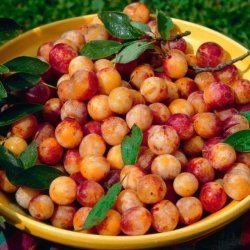
The city of Metz dedicates two weeks to the Mirabelle plum during the popular Mirabelle Festival held in August. During the festival, in addition to open markets selling fresh prunes, mirabelle tarts, and mirabelle liquor, there is live music, fireworks, parties, art exhibits, a parade with floral floats and competition, and the crowning of the Mirabelle Queen and a gala of celebration.
Mirabelle plums are extremely popular in Germany where they grow both wild and cultivated, primarily in the south and south west. Mirabelle plums are enjoyed fresh or as various kinds of mirabelle cakes, liquor, preserves, and canned fruit.
In Spain it grows in Galicia, in O Rosal, a valley in the south of the province of Pontevedra in which was introduced in the mid-twentieth century by Xosé Sánchez García and where it has acclimated to perfection. In Galicia it is consumed fresh. But they also manufacture and commercialize preserves and liqueurs. It is also naturalized in the Ebro Valley in parts of Zaragoza, Teruel, Lleida and Tarragona, and can be found near rivers, irrigation canals and road ditches. In Aragon mirabelle plums are called cascasbeles.
In England, mirabellas grow both wild and cultivated in Essex, and there are yellow, orange and red varieties in Maylandsea. The Metz variety grows wild in Suffolk at Leathes' Ham, near Oulton Broad. One tree can also be found growing wild in North West England in Liverpool, and several may be found in the Buckinghamshire town of Milton Keynes. Red and yellow varieties have also been found recently in an ancient hedge row just outside Northampton. A lone tree found in a nature area in Hucknall, Nottinghamshire produced a massive crop in 2015
The mirabelle is also found in hedgerows in Sutton-on-Trent, Nottinghamshire and on the Millfied Golf Course, Lincolnshire.
They are likewise found in the Czech Republic or Republic of Poland both wild and cultivated, often at roadsides.
